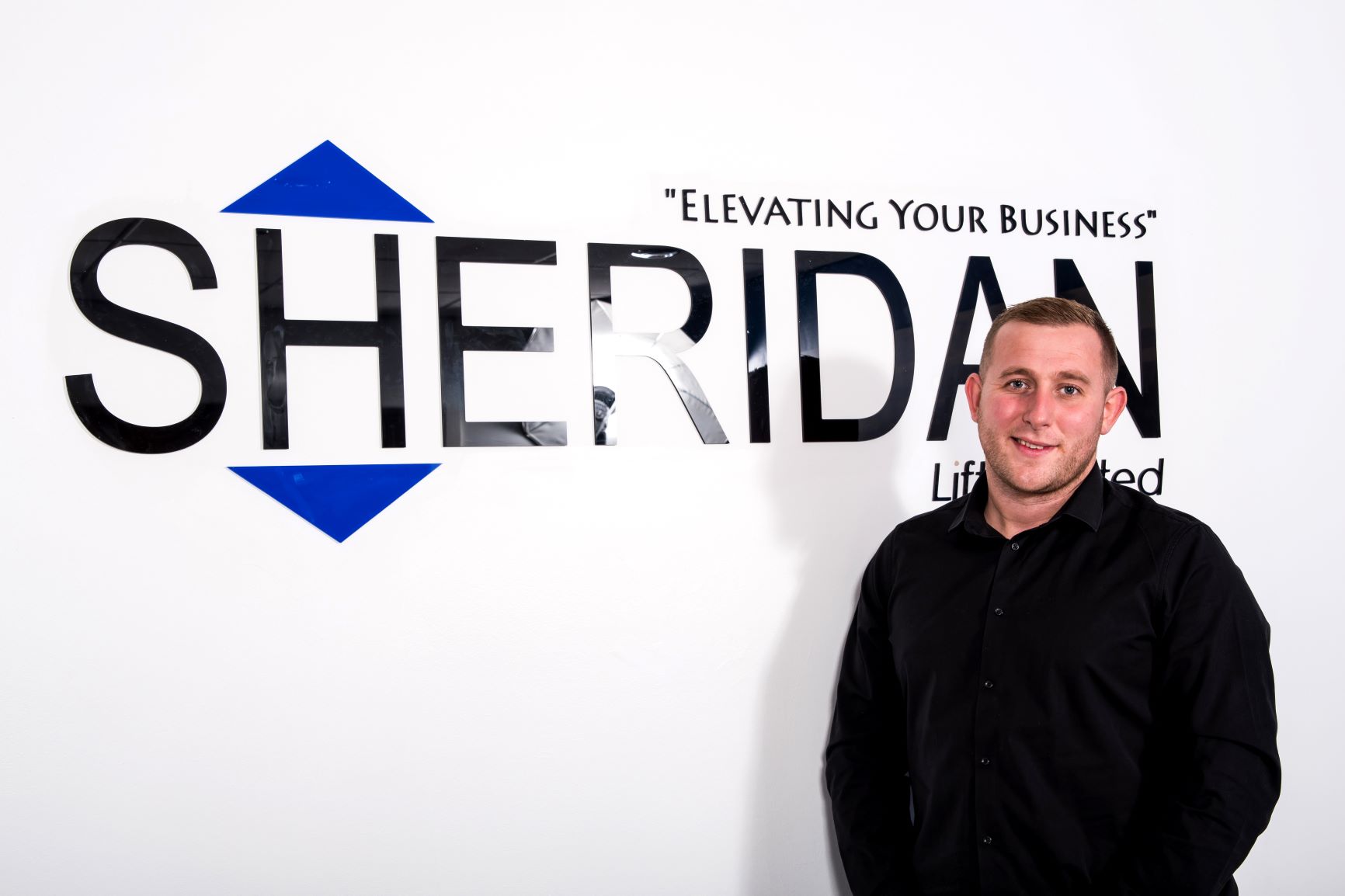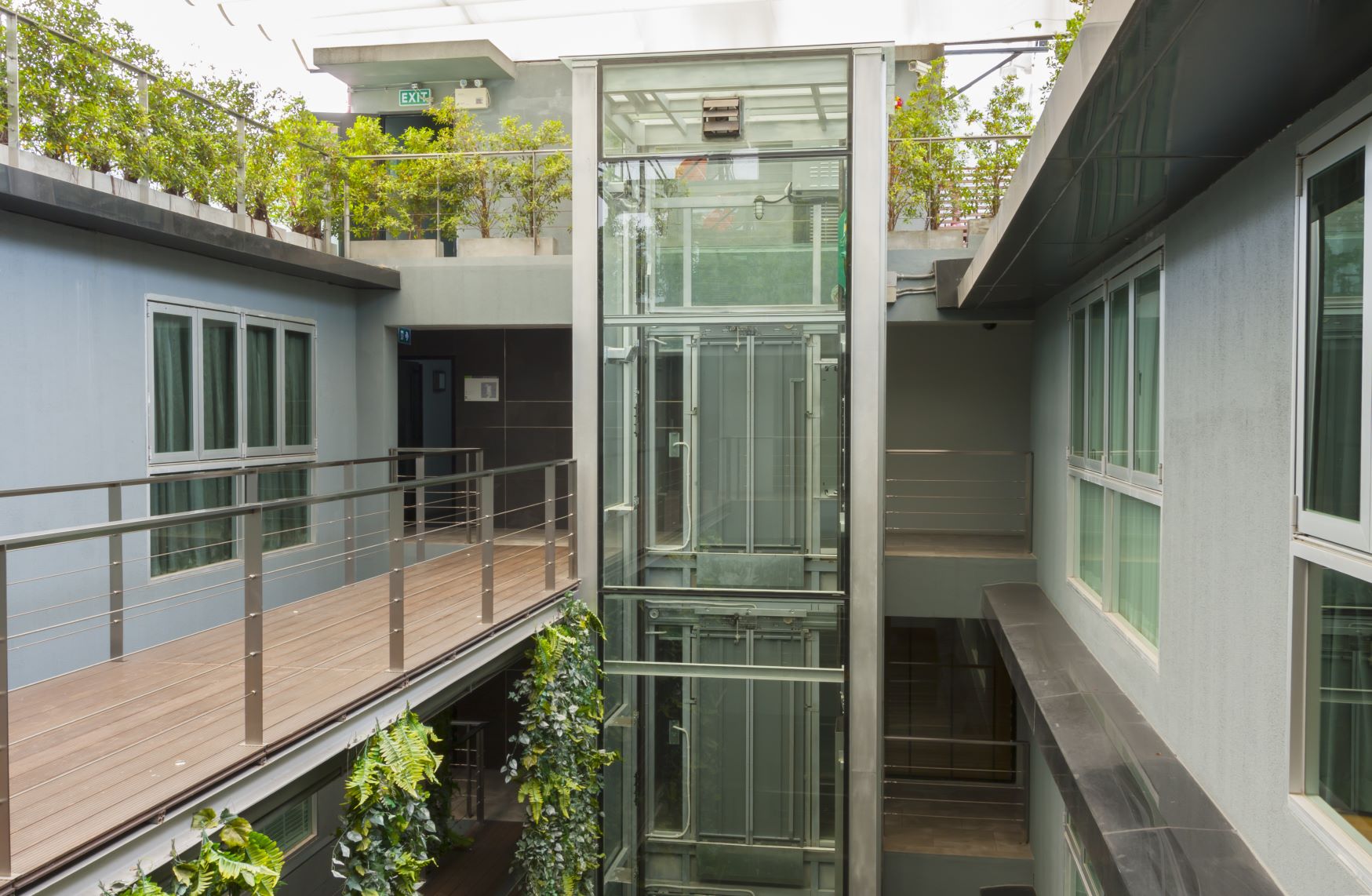This week we sat down with our New Lifts Sales Director and all-round lovely bloke Nick Beetson for a little chat about lifts – they’re our favourite mode of transport (Ok, so we like cars and planes too, but let’s not get picky)
Nice of Nick to take some time out of his busy day to chat with us, especially during January which is one of our busiest months of the year for new lift sales enquiries. So, we begin by asking Nick the original question. Is a lift just a box going up and down?

“I know this question was something I asked on my first day at Sheridan Lifts Ltd. I am surprised they didn’t ask me to get my coat and leave!” he says.
“For everyday users of lifts vertically travelling from floor to floor, the question above doesn’t seem so irrational, however, when you really think about it, the engineering developed to get you from the bottom of a building to the top, in usually a matter of seconds, is pretty amazing don’t you think?” Let me explain.
“There are two main types of lift that we come across in the maintenance of our everyday lives and they are defined by the type of drive that operates them. These drives are known as Traction and Hydraulic.
A hydraulic lift converts electricity into movement by using a motor and a pump to raise a piston out of the ground pushing the lift up and down the shaft. It uses a complicated electric valve to control the direction and speed of the piston.

A traction lift on the other hand uses sheaves and cables to move a lift up and down the shaft. Depending on the type of traction there is usually (99% of the time) a counterweight to balance out the load so that the motor does not have to work as hard. The motors can be either DC or AC depending on the type of drive or generator the lift uses to convert building power into controllable power to move the lift.
Hydraulic elevators do not cost as much to build as traction lifts. The reason for this is that the traction lifts have steel cables that are expensive and there is a greater use of coding and safety devices present too.
However, hydraulic lifts are not practical in buildings with more than 6-8 stops as in terms of journey times, they do not average more than 37 metres per minute. Whereas, a traction lift can go anywhere from 30 – 1.260 metres per minute (which is pretty incredible).
So there you go, I hope I have simplified the two different kinds of lift for you”
Thanks Nick for your time, and remember if you have any new lift sales enquiries, do drop Nick a line on 0161 203 6299 or use our contact form here.